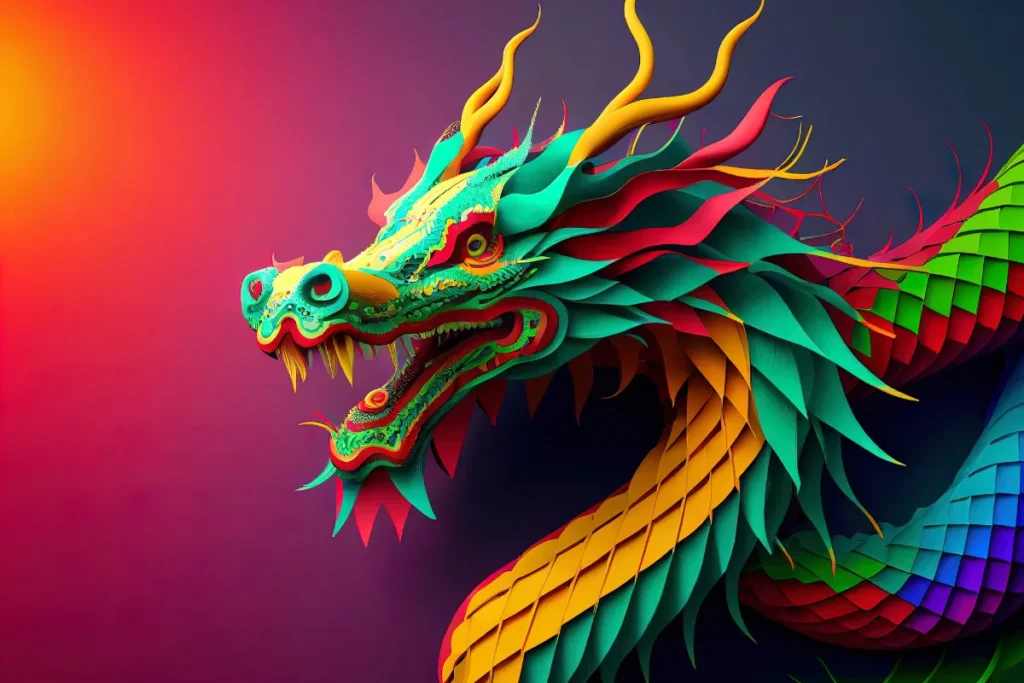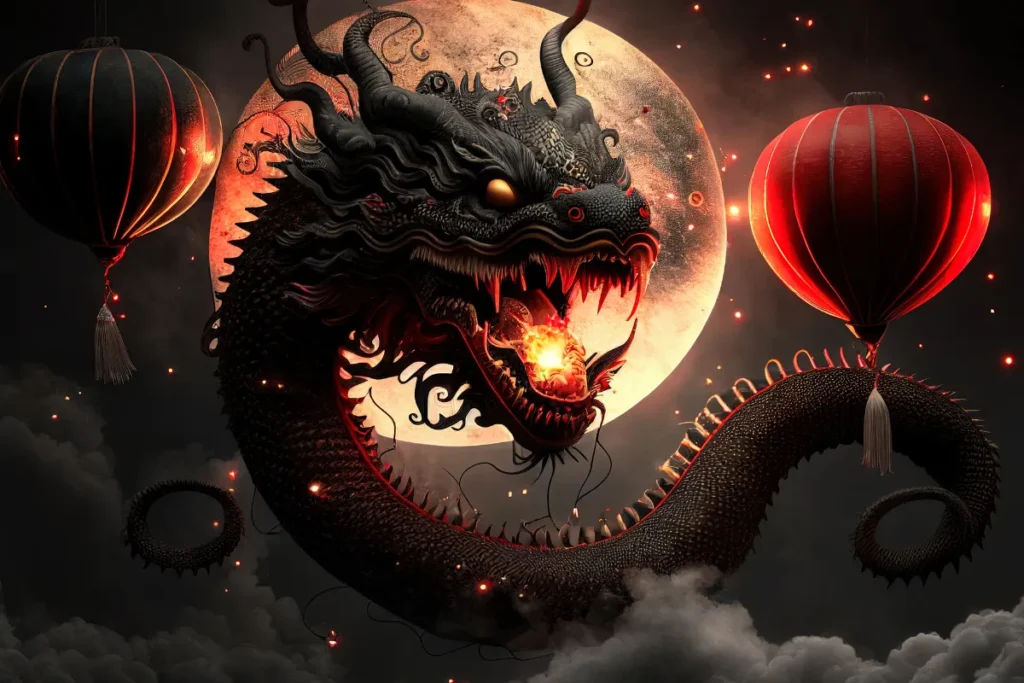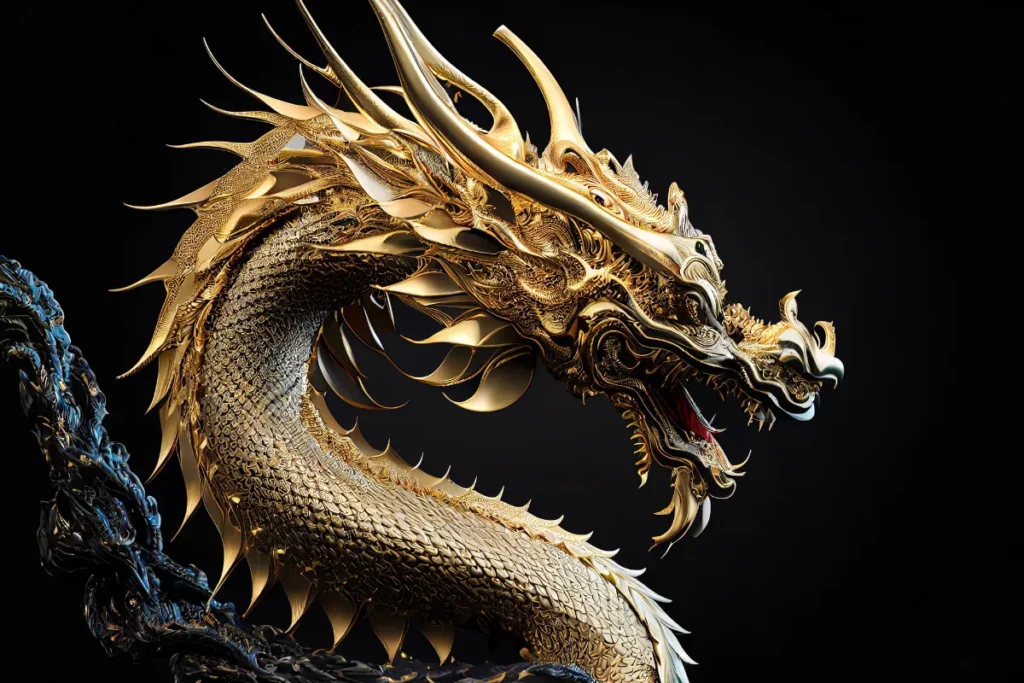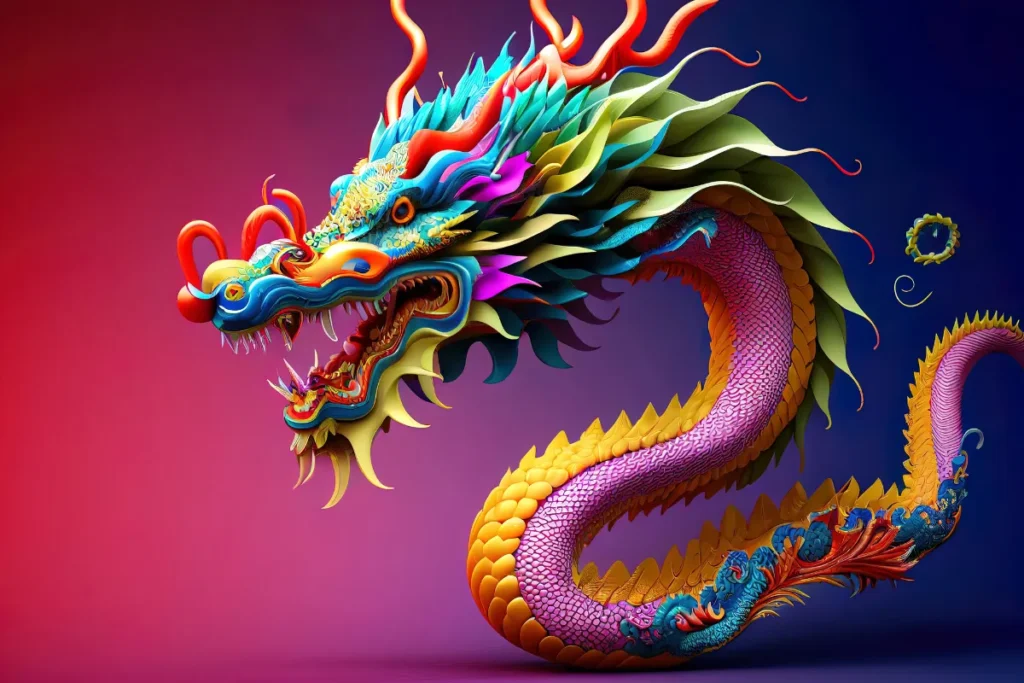“The Year of the Dragon” is a fascinating exploration into the cultural significance, myths, and traditions surrounding this revered creature in various societies across the globe.
Dragons hold a special place in the collective imagination, symbolizing power, wisdom, and auspiciousness in many cultures.
This article delves into the rich tapestry of dragon lore, from ancient legends to modern interpretations, shedding light on why the dragon continues to captivate our imagination.

In Chinese culture, the dragon is one of the most iconic and revered mythological creatures, often associated with strength, prosperity, and good fortune.
The Year of the Dragon, according to the Chinese zodiac, is considered particularly auspicious, heralding a time of great potential and opportunity.
People born under this sign are believed to inherit the dragon’s noble traits, such as leadership, courage, and charisma.
Throughout Chinese history, dragons have been revered as symbols of imperial power and authority.
Emperors were often likened to dragons, and the dragon motif adorned imperial regalia, palaces, and artworks.
The dragon dance, a traditional Chinese performance featuring elaborately crafted dragon puppets manipulated by dancers, is a popular cultural tradition during festivals and celebrations, symbolizing prosperity and good luck.

In Western mythology, dragons are often depicted as fearsome, fire-breathing creatures, embodying chaos and destruction.
However, they also symbolize strength, heroism, and the triumph of good over evil in many legends and tales.
From the slaying of the dragon by Saint George to the mythical dragon-slaying knights of medieval Europe, dragons have played a prominent role in shaping Western folklore and literature.
In Japanese culture, dragons, known as “ryu,” are revered as benevolent beings associated with water and rainfall.
Unlike their Western counterparts, Japanese dragons are often depicted as serpentine creatures with long, sinuous bodies and multiple claws.
They are believed to possess supernatural powers and are revered as protectors of the natural world.

Dragon festivals, such as the annual Tatsu no Otoshigo Matsuri in Japan, celebrate the mythical creature’s role in local folklore and traditions.
In Hindu mythology, dragons, or “nagas,” are revered as powerful, semi-divine beings associated with water, fertility, and wisdom.
Depicted as serpentine creatures with multiple heads and often depicted with human torsos, nagas are worshipped as guardians of sacred sites and repositories of ancient knowledge.
The festival of Nag Panchami, celebrated in India and Nepal, honors these mythical creatures with offerings and rituals.
In Celtic folklore, dragons are depicted as symbols of sovereignty, wisdom, and protection.

Often associated with ancient kings and heroes, Celtic dragons are believed to possess magical powers and are revered as guardians of treasure and sacred sites.
The Welsh flag features a red dragon, known as “Y Ddraig Goch,” symbolizing the nation’s proud heritage and enduring spirit.
In modern popular culture, dragons continue to captivate audiences through books, films, and television shows. From J.R.R. Tolkien’s iconic dragon Smaug in “The Hobbit” to the fire-breathing dragons of “Game of Thrones,” these mythical creatures have become enduring symbols of fantasy and adventure.
In conclusion, “The Year of the Dragon” offers a fascinating glimpse into the rich tapestry of dragon lore and mythology from around the world.

Across cultures and civilizations, dragons have captured the human imagination, symbolizing power, wisdom, and the eternal struggle between good and evil.
Whether feared or revered, dragons continue to hold a special place in our collective consciousness, reminding us of the enduring power of myth and legend.
